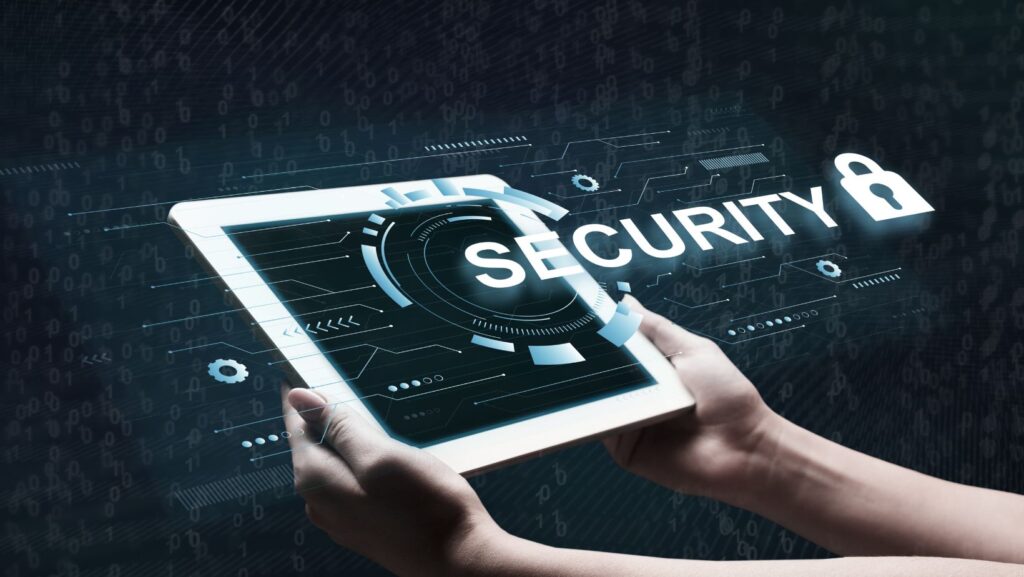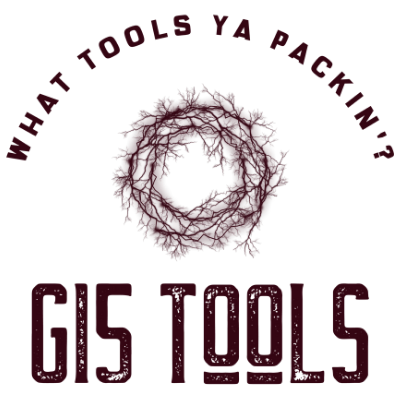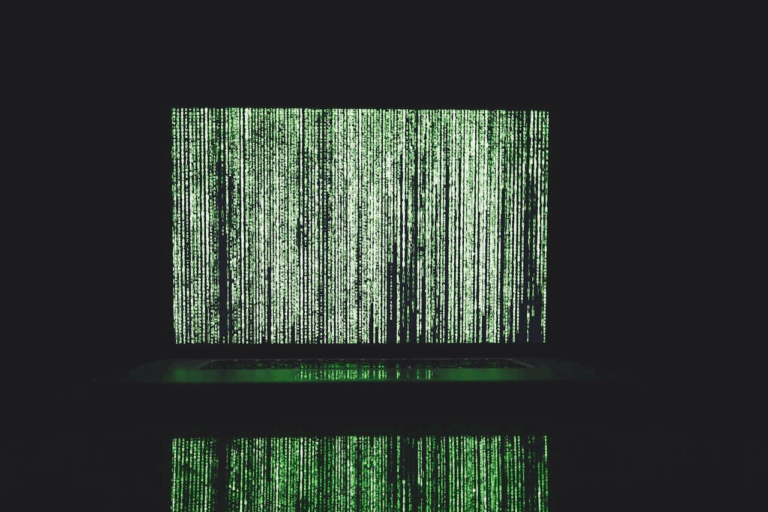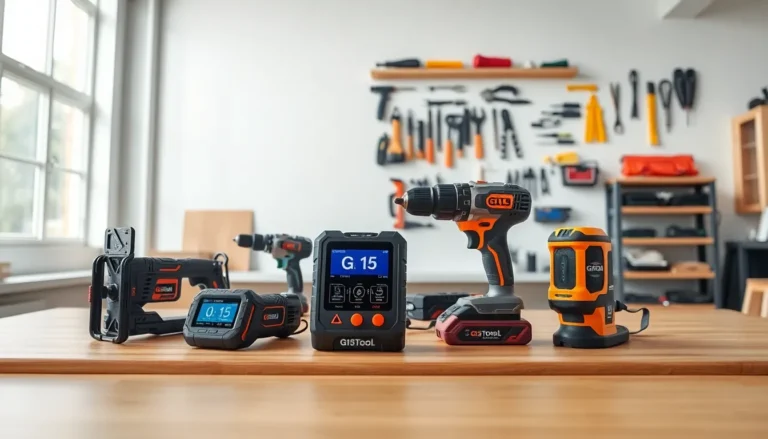What do most companies get wrong about cybersecurity? They think more tools mean more protection. A firewall here, an antivirus there, maybe a VPN or two—and they assume they’re covered. But today’s threats don’t care about your checklist.
Cybersecurity isn’t just about stacking tools. It’s about building a strategy that sees across systems, responds in real time, and works in sync—no matter how complex your environment is.
In this blog, we will share why layered cybersecurity has to be intentional, how fast-moving threats are pushing companies to rethink their approach, and how visibility and smarter planning are redefining what real protection looks like.
Layered Doesn’t Mean Repetitive
It’s tempting to think of cybersecurity layers like nesting dolls—each one tucked neatly inside the other. But real networks don’t work like that. You have employees working remotely on personal devices. Vendors with limited access. Cloud services syncing with on-prem systems. It’s a spiderweb, not a circle.
Each layer has a purpose. The outer ones keep intruders out. The inner ones catch what slips through. Somewhere in between, your organization needs to detect, respond, and recover. That’s where posture assessments come in.
A posture assessment isn’t just another scan. It’s an X-ray of your current defenses. It shows how your systems are configured, where the risks are hiding, and how exposed you really are. And it has to work across everything—cloud identities, local directories, legacy infrastructure, even the stuff no one wants to touch because Steve from IT set it up in 2008 and no one else knows the password.
That’s why solutions like Semperis security posture analysis exist. This platform helps security teams visualize risk across complex identity environments. It doesn’t just flag misconfigurations. It scores your security posture, tracks exposure over time, and highlights weak points before they become front-page news.
It’s especially useful in hybrid setups where Active Directory and Entra ID live side by side. The platform gathers signals across both, then shows everything in one clean dashboard. That kind of visibility is no longer a luxury. It’s table stakes.
The Problem Isn’t Always the Hack. It’s the Lag.
Cyberattacks move quickly. Internal responses? Not always.
Once attackers gain a foothold, they waste no time moving deeper into critical systems like Active Directory. By the time most teams have logged a ticket or scheduled a meeting, the damage may already be underway.

That’s why cybersecurity layers have to be real-time, not reactive. It’s not just about blocking the attack. It’s about seeing the early signals. Being ready. Having tools that update constantly and provide insight, not just alerts.
Too many organizations still rely on once-a-quarter audits or manual checklists that live in spreadsheets. But modern attackers don’t wait for your quarterly review. They target misconfigurations that have existed for years—because no one remembered they were even there.
Posture visibility helps break that cycle. It shows you what matters now. Not what mattered last year. And the best part? It saves your team from hunting in the dark.
Modern Cybersecurity Is Everyone’s Problem
Here’s a truth that still makes some people uncomfortable: cybersecurity isn’t just an IT issue. It’s a business issue. A legal issue. A human issue.
When a breach hits, it’s not just the tech team scrambling. It’s PR trying to control the narrative. Legal working through disclosure. Executives wondering how they explain this to stakeholders. And customers? They’re already changing their passwords—or leaving.
That’s why leadership has to care about posture. Not because it’s trendy, but because weak posture creates real consequences. Fines. Lawsuits. Downtime. Loss of trust.
Layered security is part of resilience planning. It’s the foundation of trust in any digital system. Whether you’re a bank, a hospital, or an e-commerce startup, your ability to function depends on keeping identities safe and systems monitored.
And if you’re thinking, “But we’re small. No one’s targeting us,” think again. Attackers automate now. They scan wide and strike wherever it’s easy. Visibility isn’t just for the Fortune 500. It’s for anyone with users, data, and access points.
What Good Layers Actually Look Like
Strong cybersecurity layers aren’t just about stacking products. They’re about function.
You need tools that:
- Block known threats
- Detect new ones
- Catch privilege escalation
- Monitor identity movements
- Track misconfigurations
- Guide fast remediation
Each of these roles should connect. Not overlap, not repeat, and definitely not cancel each other out. A good security strategy links these tools like gears in a machine. When one moves, the others respond.
This is why integration matters. Your tools should talk to each other. They should share data. They should reduce the noise, not add to it. Otherwise, your team ends up managing alerts instead of preventing breaches.
It’s Time to Rethink the Stack
Security stacks have gotten tall. Some are more like towers. But tall doesn’t mean strong.
Adding tools without a plan is like building a house with ten front doors and no back wall. Looks impressive. Until someone walks right through.
That’s why posture strategy has to come first. Before you buy more tech, ask: What’s actually exposed? What risks are hiding in plain sight? What’s misconfigured? What’s being monitored poorly—or not at all?
The answer to those questions isn’t another firewall. It’s clarity. Context. And a system that helps you act, not just react. Because in security, guessing is expensive—and silence doesn’t mean safe.
When Layers Work Together, Security Stops Being Guesswork
Here’s the good news: with the right layers and tools, your team can stop playing defense and start owning the field.

You’ll know where the weak spots are. You’ll catch issues before they escalate. You’ll be able to explain your posture in a boardroom without sweating through your shirt.
Cybersecurity is layered because threats are layered. But those layers should work like strategy, not just stack like furniture.
Because in today’s threat landscape, it’s not about how many tools you have. It’s about how well they talk—and whether you’re listening.




